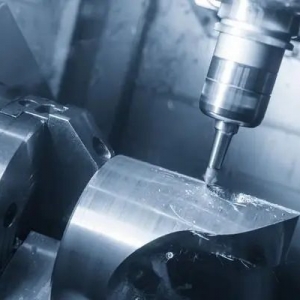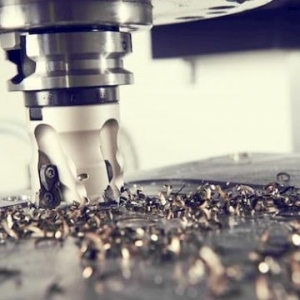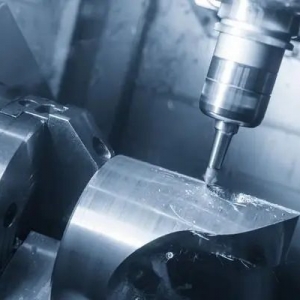In CNC machining, the range of surface finishes refers to the variety of textures and smoothness levels that can be achieved on the surface of a machined part. The surface finish is important for both functional and aesthetic reasons, as it can affect factors such as friction, corrosion resistance, appearance, and more. Achieving the desired surface finish involves selecting the appropriate machining processes, tools, cutting parameters, and post-processing techniques. Here are some common surface finishes in CNC machining, listed from rough to smooth:
- Rough Finish: This is the least smooth surface finish. It often results from heavy machining operations, such as roughing cuts, where the priority is to remove material quickly rather than achieving a smooth surface. The surface may have visible tool marks and irregularities.
- Coarse Finish:A step up from rough finish, the surface is smoother but still exhibits some tool marks and imperfections. It's typically achieved by using larger cutting tools or slightly higher feed rates.
- Semi-Finish Finish:In this range, the surface begins to look smoother as machining operations become finer. Tool marks are less pronounced, and the surface appears more uniform. It's often achieved by using smaller tools and reducing the depth of cut.
- Standard Finish:This is a common finish used for many applications. The surface is fairly smooth, with only minor visible tool marks. It's achieved through precise machining parameters and tools with tighter tolerances.
- Fine Finish:In this range, the surface is quite smooth, with minimal visible tool marks. It's often used for parts that require improved aesthetics or reduced friction. Finishing operations like light cuts or polishing can be employed to achieve this finish.
- Very Fine Finish: This is a highly smooth finish that requires careful machining and potentially additional post-processing steps such as polishing or lapping. The surface appears almost mirror-like, with extremely minimal surface irregularities.
- Ultra-Fine Finish:This is the smoothest finish achievable in CNC machining. It's often used for high-precision parts, optical components, and applications where minimal friction or surface defects are critical. Achieving this finish might involve specialized machining techniques and meticulous post-processing.
It's important to note that the achievable surface finish depends on various factors, including the material being machined, the type of CNC machine, the cutting tools, the machining parameters (like feed rate and spindle speed), and any subsequent post-processing steps. Additionally, the desired surface finish might be specified using industry-standard surface roughness parameters like Ra (arithmetical mean roughness) or RMS (root mean square). These parameters provide quantitative values to describe the surface texture.






